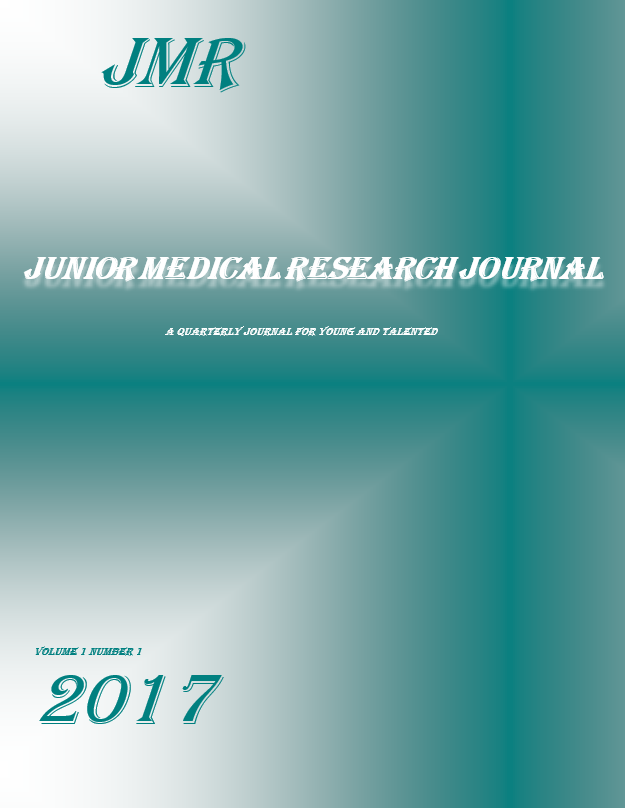Original Article
Unnoticed surgical gloves perforation: A multicentric study of the leading factors
Background
Surgical gloves act as protective barrier against blood-borne pathogens transmission from patients to healthcare workers and vice versa. The aim of this study was to assess the rate of surgical gloves intraoperative perforation and to highlight its leading factors.
Methods
A descriptive cross-sectional multicentric study was conducted at three different Tunisian university hospitals: Charles Nicolle, La Rabta and Mongi Slim. Four different surgical departments were involved: cardiovascular surgery, urology, general surgery and otorhinolaryngology. The gloves were collected and tested immediately at the sterilization units using the leak test as described in European Norm EN 455-1.19. Results were produced using the statistical package for social sciences version 19.0 and the X2 was used with a significance threshold of 5%.
Results
A total of 320 gloves were collected. Seventy-two were found to be perforated (22.5%). The majority of the perforated gloves were collected after cardiovascular procedures (40%, p=0.001), on the non-dominant hand (71%, p=0.0001), when the duration of the procedure exceeded 90 minutes (p=0.0001) and for thinner gloves (61%,p=0.018). The left index finger of the surgeon’s glove is more likely to be perforated (38%).
Conclusion
This study showed considerable gloves perforation rate during surgical procedures that could indicate the implementation of new rules and policies in the operating theater practices.




